Yellow Leaves Or Brown Leaves Trimming Guide
Understanding the Culprits of Yellow Leaves
Yellow leaves & brown leaves can be a distressing sight for any plant enthusiast. But fear not! Identifying the root causes is the first step toward rejuvenating your green companions.

Why Leaves Turn Yellow
Chlorophyll Breakdown
Chlorophyll, the green pigment responsible for photosynthesis, breaks down over time. As it fades, other pigments (like carotenoids) become more visible, giving leaves their yellow hues.
Nutrient Deficiencies
Lack of essential nutrients can cause yellowing or even dead leaves. These nutrients are essential to the plant & growth.
Iron deficiency often leads to interveinal chlorosis, where the veins remain green while the rest of the leaf turns yellow.
Environmental Stress
Water Stress – Both drought and overwatering stress plants. In response, leaves may yellow due to disrupted nutrient uptake.
Temperature Fluctuations – Cold snaps or extreme heat can shock plants, affecting chlorophyll production.
Natural Aging
Leaves age like we do. As they mature, they gradually lose their vibrant green color and transition to yellow.
Issues and Pests
Fungal infections, bacteria, or insect damage weaken leaves, causing yellowing.
Leaf Spot
These create yellow or brown spots on leaves.
Aphids and Spider Mites
These tiny pests sap nutrients, leading to yellowed foliage.
Seasonal Changes
Fall is famous for its colorful foliage. As days shorten and temperatures drop, trees and plants prepare for winter by shedding leaves. The yellow, orange, and red hues are a spectacular farewell.
Observing your plant closely and addressing its specific needs will help you keep those leaves vibrant and healthy!
Watering Woes
Overwatering – Drowning your plants can lead to root rot, causing leaves to yellow. Ensure lots of drainage and allow the soil to dry out between waterings as the issue is if it sits in water it will rot.
Underwatering – Dehydrated plants suffer from nutrient deficiencies, resulting in—you guessed it—yellow leaves.

Light Matters
Too Much Light – Excessive sunlight can bleach leaves or even scorch them. Know your plant’s light requirements and adjust accordingly.
Too Little Light – Insufficient light hampers photosynthesis, leading to—you guessed it again—yellowing. Relocate your plant to a better area or sunnier spot.
Pest Invasion
Spider Mites and Aphids – These tiny troublemakers suck the life out of your plants, causing leaves to yellow.
Fungal or Bacterial Infections – These sneaky culprits can create yellow spots or overall leaf discoloration.
Nutritional Deficiencies
Lack of essential nutrients (like nitrogen, iron, or magnesium) can manifest as yellow leaves. Check your potting soil and consider using nutrient-rich fertilizers.
Temperature
Maintain the Goldilocks zone for your plant’s temperature. Cold exposure can turn tropical plant leaves yellow.
The Art of Trimming
When it comes to pruning yellow leaves, precision matters.
Use sterile scissors or pruning shears to prevent infection.
Wait until the leaf turns completely yellow before cutting it off. The plant continues to absorb nutrients from it until then.
Snip, Snip
Trim only the leaf, leaving the stem intact.
Cut at a slight angle but not to much to promote healing.
Dispose Thoughtfully
Discard the yellowed leaves away from your other plants to prevent the spread of pests or diseases.
Plant-Specific Tips
Remember, each plant has its quirks. Research your specific plant species to tailor your care routine. And don’t forget to shower your green darlings with love and encouragement—they’ll thank you with vibrant, healthy foliage!
Conclusion
Yellow leaves need not be a cause for panic
They’re merely nature’s way of communicating. Remember these key takeaways:
Diagnose the Issue – Investigate why your leaves are yellow. Is it overwatering, light imbalance, or a nutrient deficiency?
Precision Pruning – When trimming yellow leaves, use sterile tools and wait until the leaf is fully yellow. Snip it off, leaving the stem intact.
Nutrition Matters – Feed your plants well—nitrogen, iron, and magnesium are their best friends.
Environmental Awareness – Understand your plant’s light and temperature preferences. Adjust accordingly.
Embrace the Seasons – Leaves change color naturally. Fall’s golden hues are a poetic farewell.
Remember, each plant has its unique story. Observe, adapt, and shower your green darlings with love.
Join the Discussion
Have you ever puzzled over yellow leaves on your plants? What was the cause, and how did you address it?
Share your experiences and tips for diagnosing and treating yellowing leaves & foliage.
Which plants do you adore? Are there specific ones you’ve successfully nursed back to health after yellowing episodes?
Let’s celebrate the resilience of our green friends!
Do you have any clever tricks for preventing yellow leaves? Maybe a special fertilizer blend or a unique pruning technique?
Spill the soil—your fellow gardeners would love to hear!
Fall brings a riot of colors as leaves turn yellow, orange, and red. Share your favorite autumn memories or leaf-peeping spots.
Perhaps you’ve witnessed a tree’s grand farewell as it sheds its golden foliage or the yellow leaves?
Got any plant-related queries? Ask away! We’re all budding botanists here.
Wondering about specific plant care? Let’s troubleshoot together.
Remember, this discussion is like a lush garden—diverse, lively, and full of surprises. So grab your virtual watering can and let’s chat!

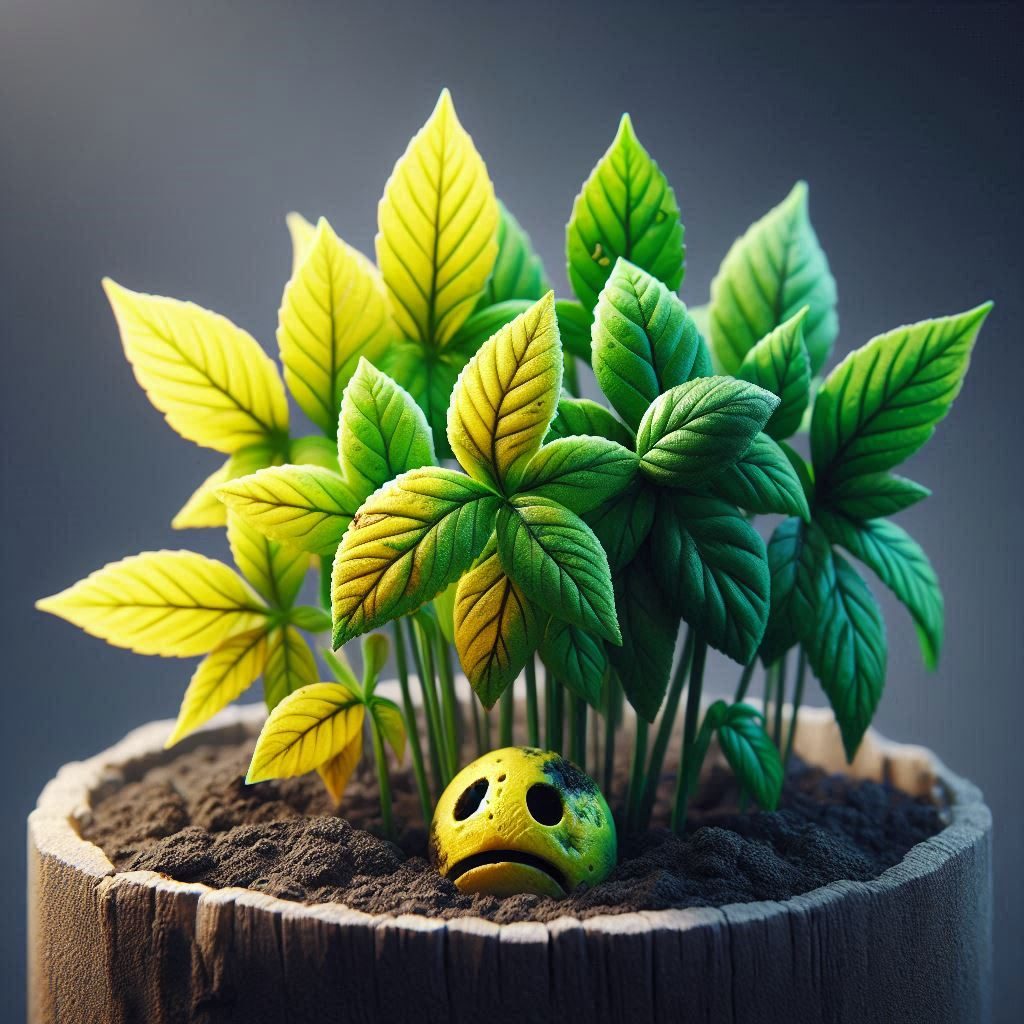
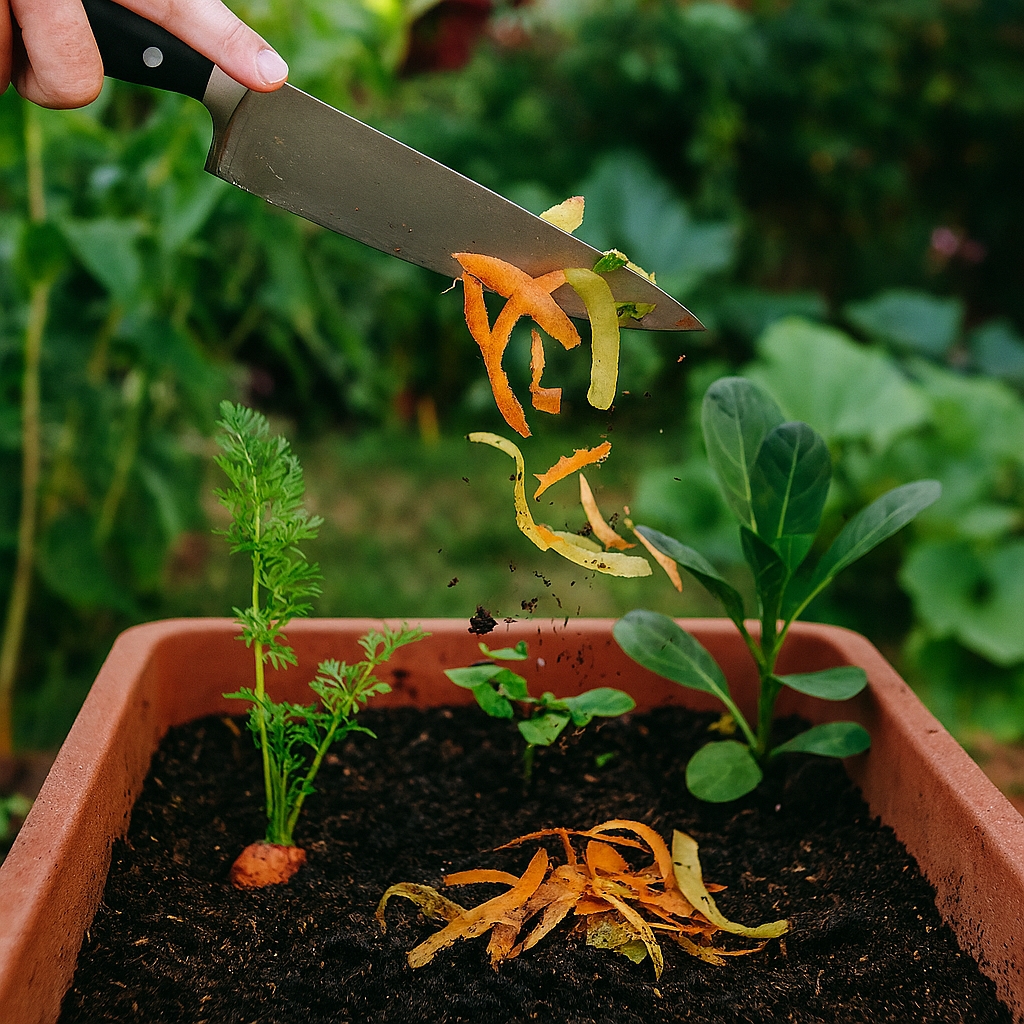
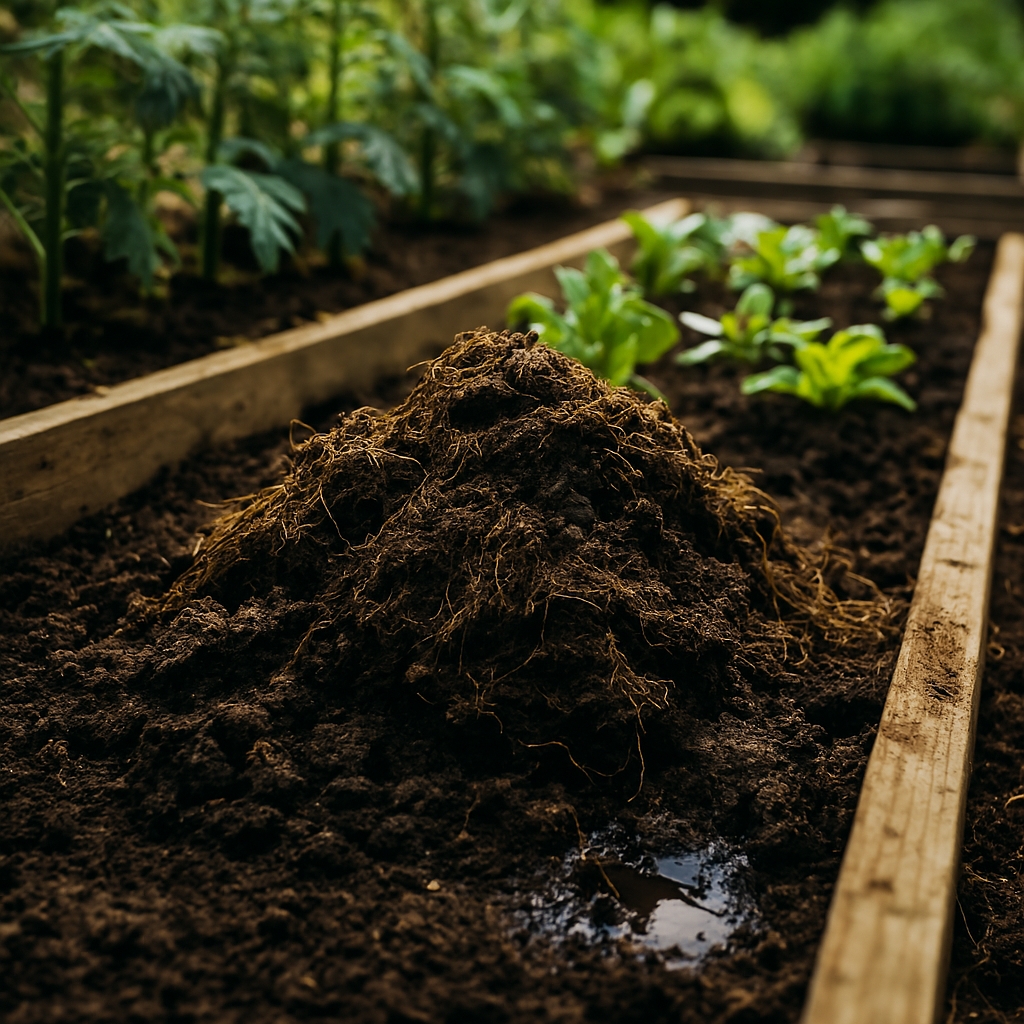
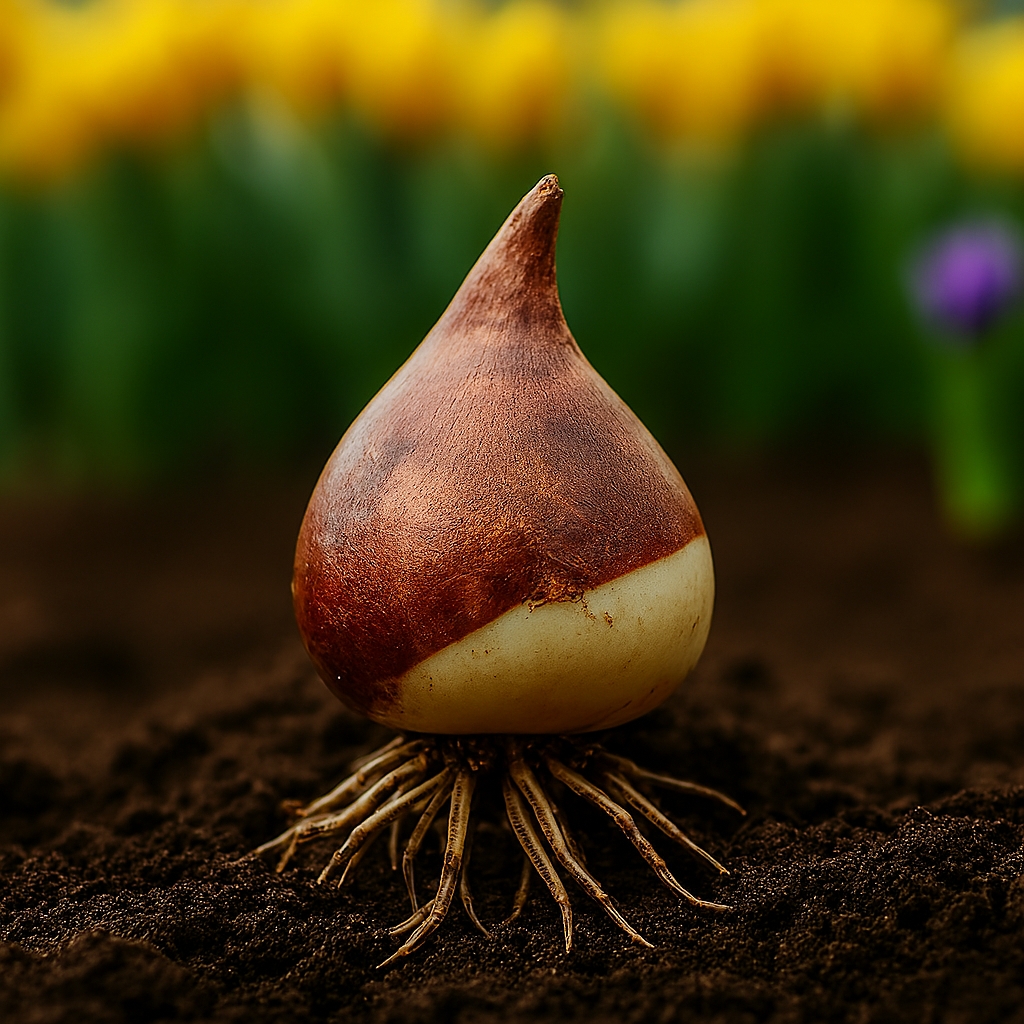
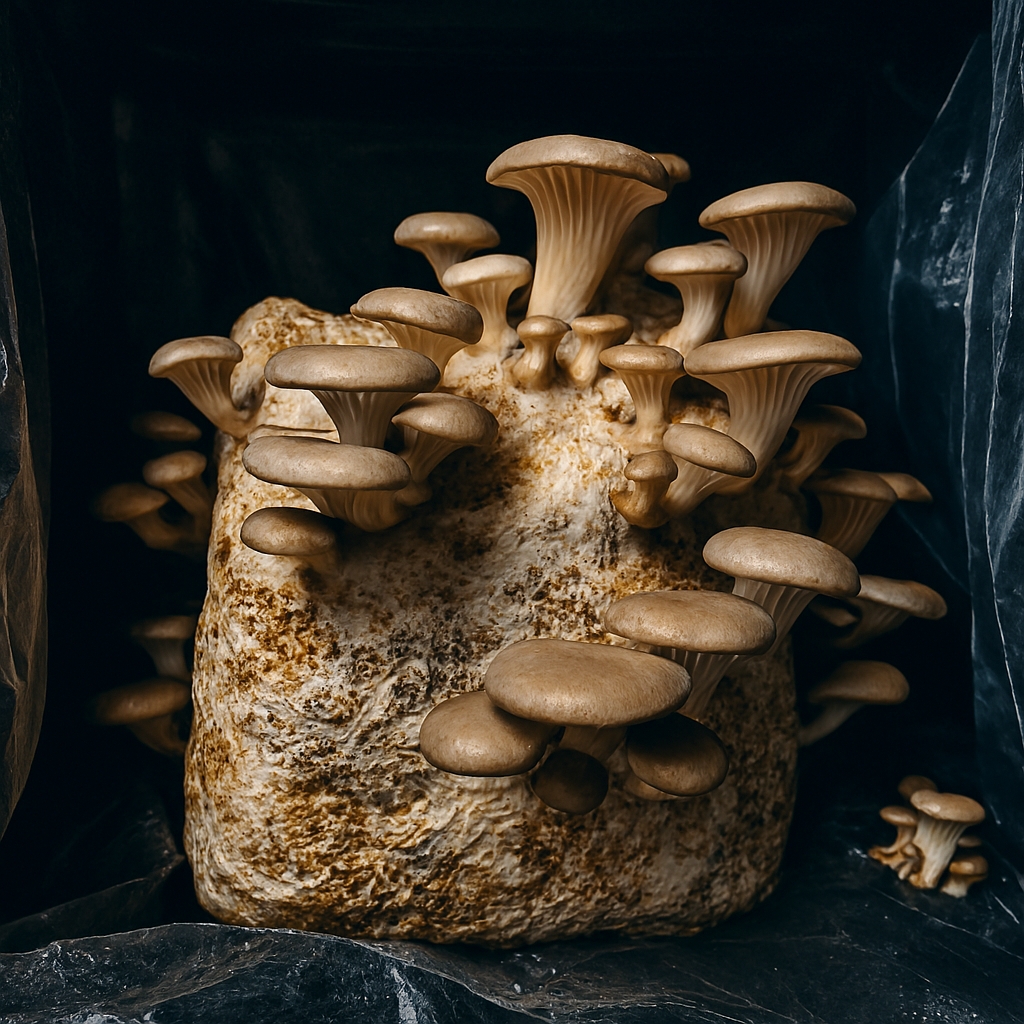
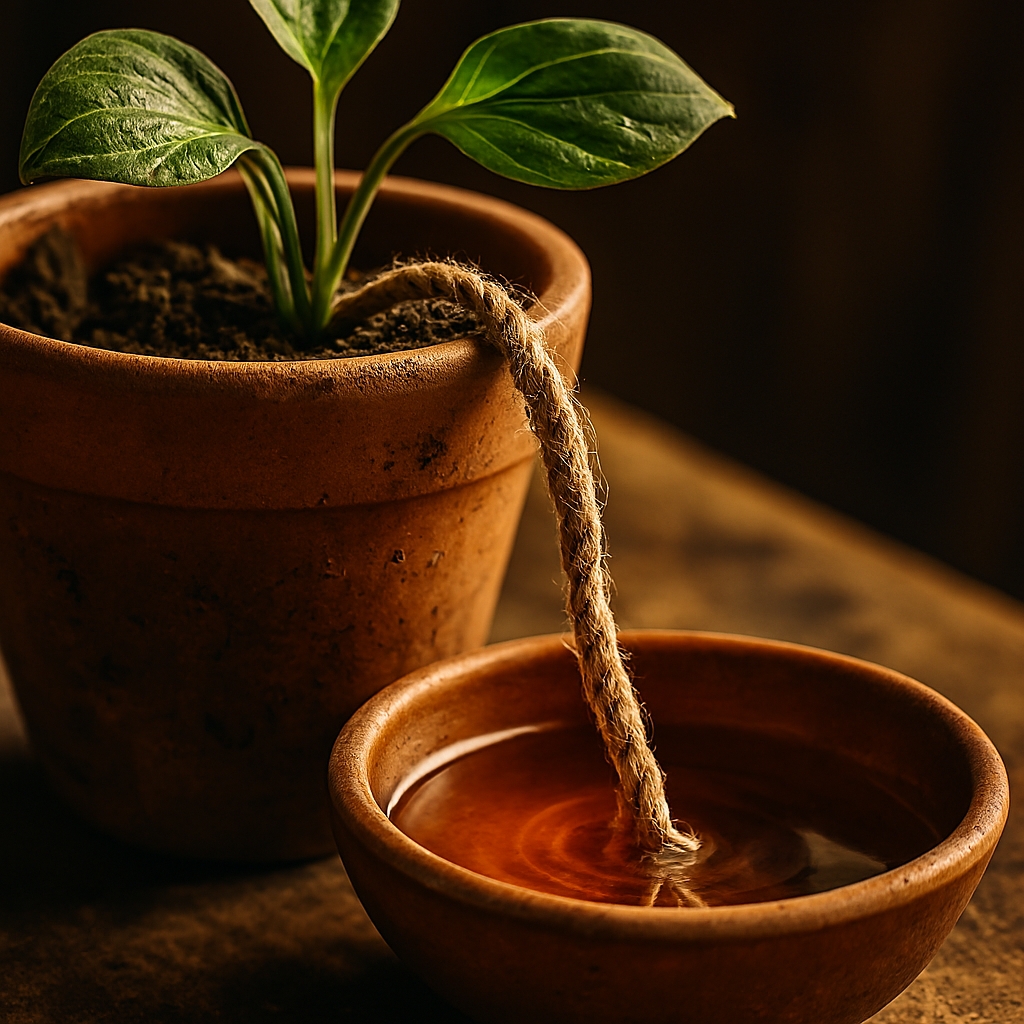
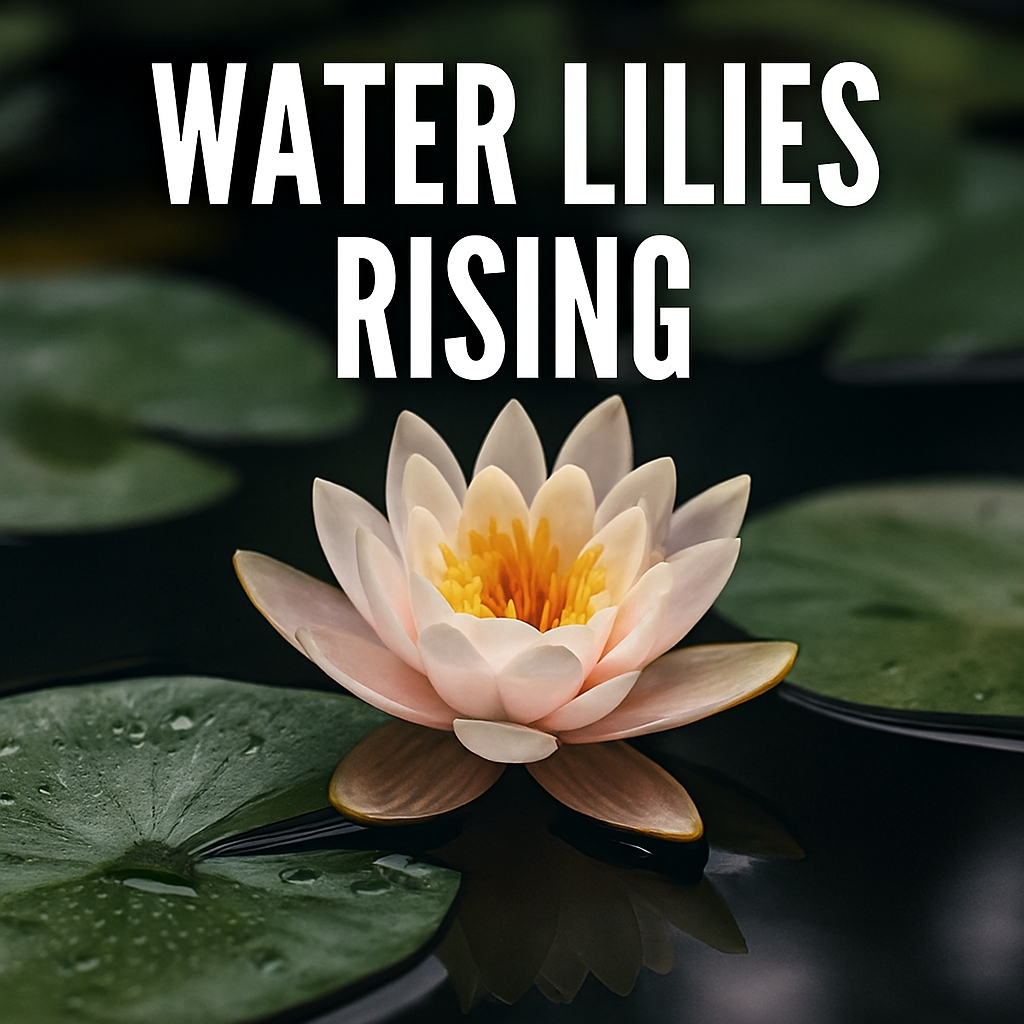
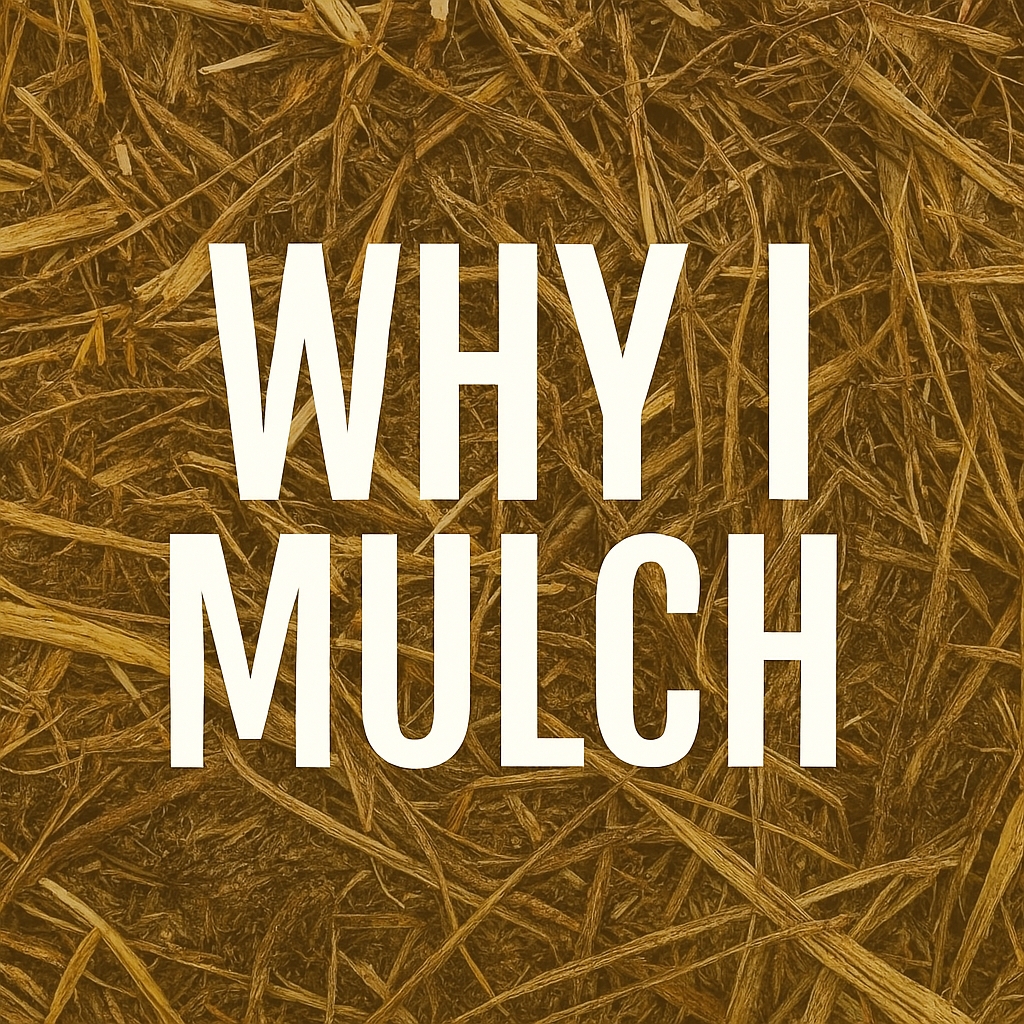
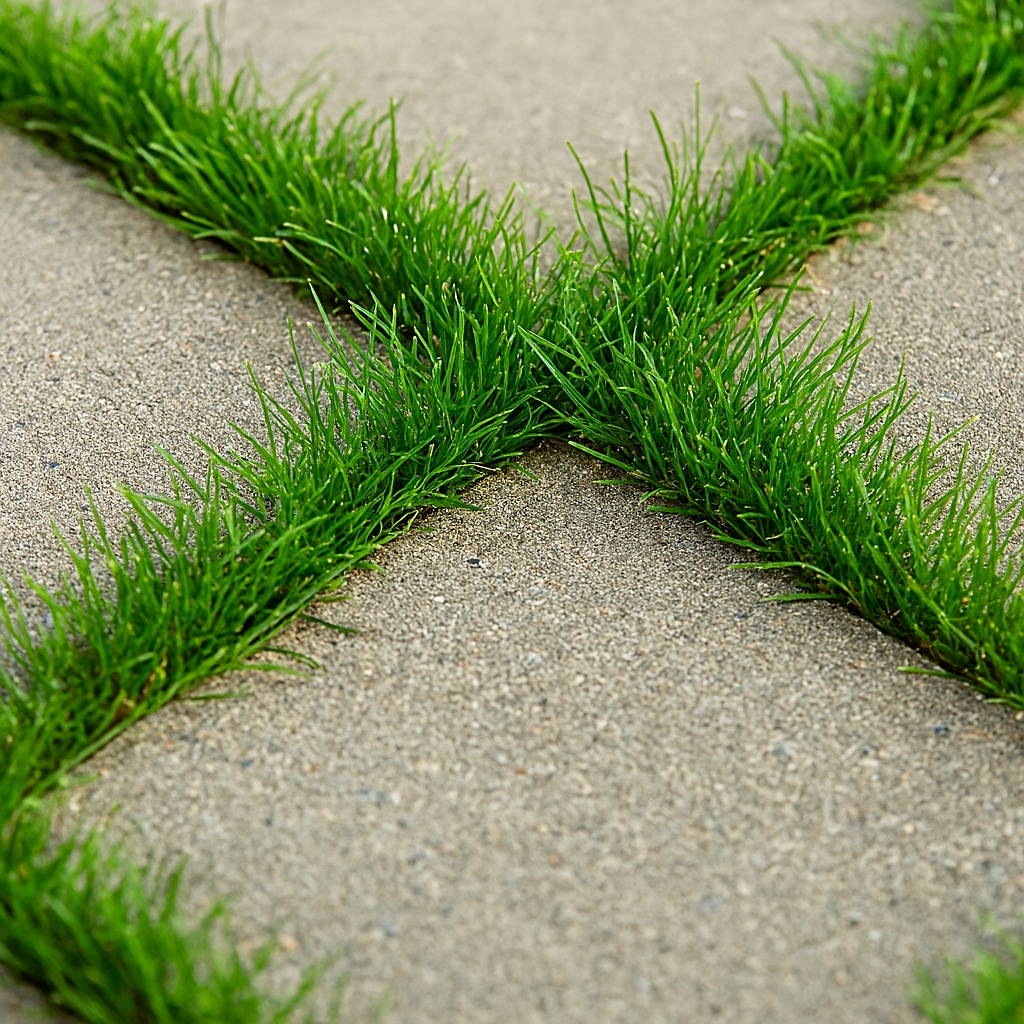
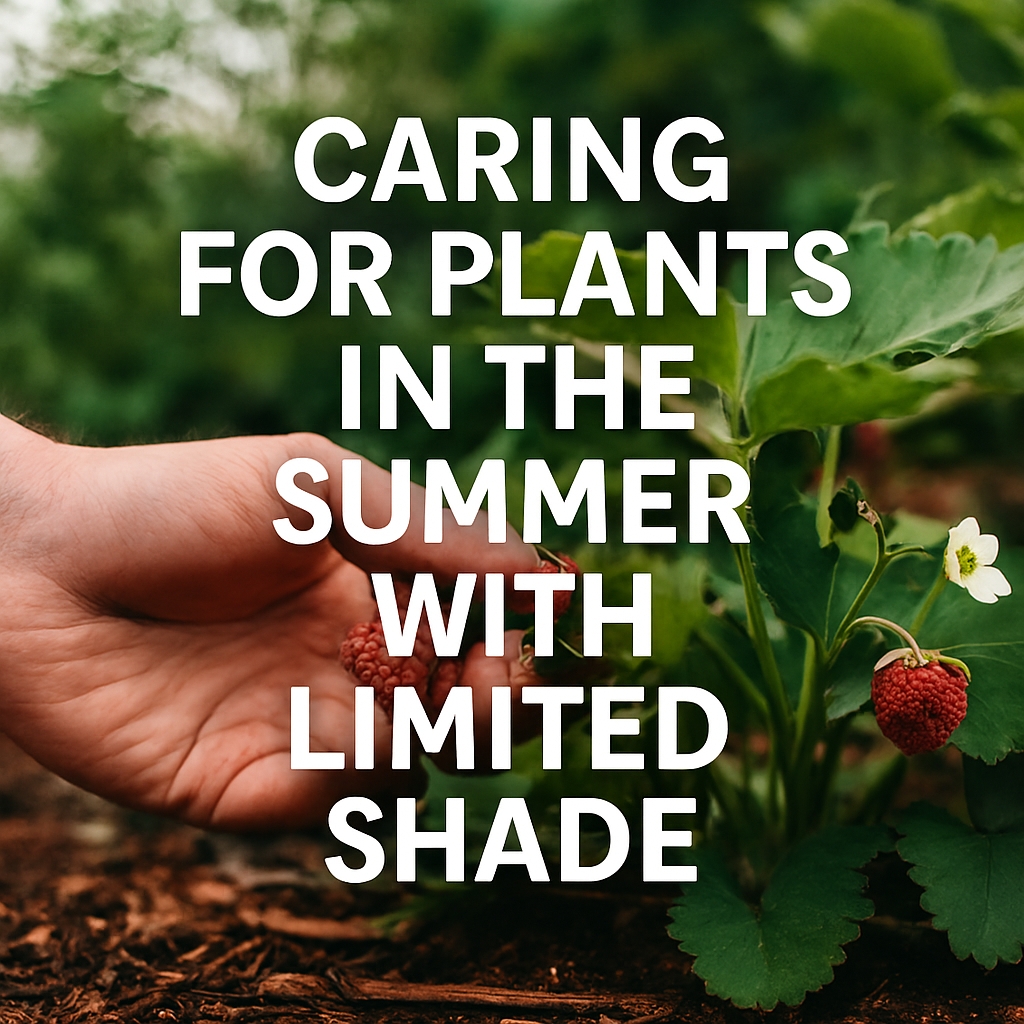

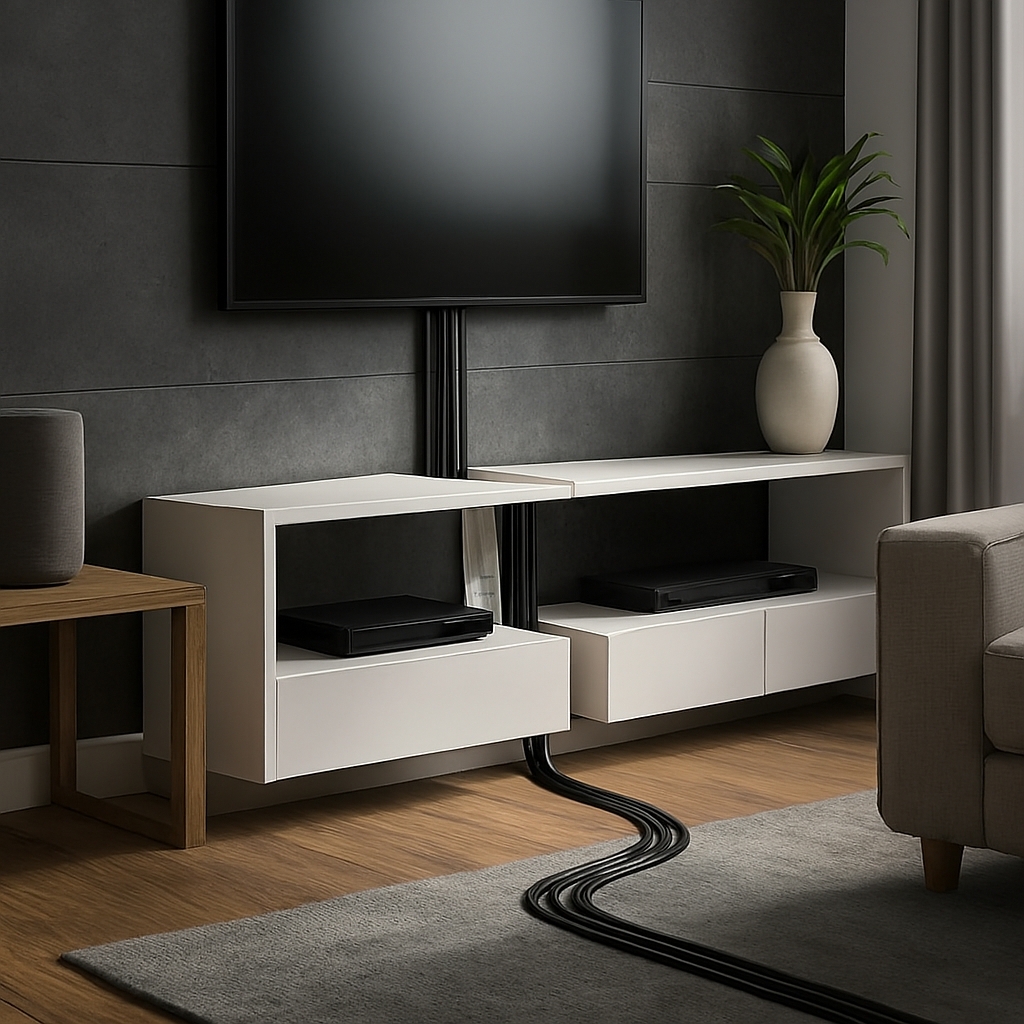

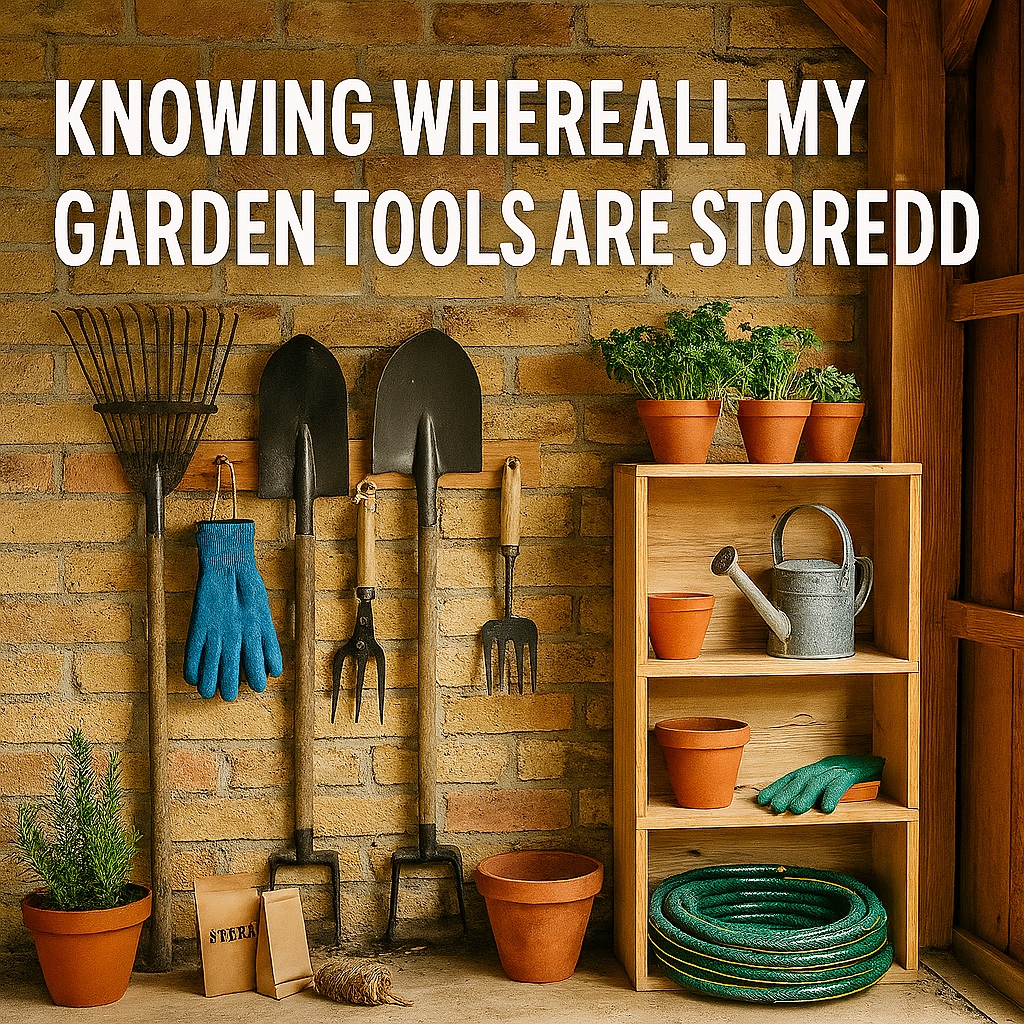
Easy Growing Spanish Moss - Daphne's Corner
[…] Getting StartedSpanish moss is an air plant, which means it doesn’t require soil to grow. It gets its nutrients in an interesting way from the air and rain. You can start growing Spanish moss by getting a clump from a friend or buying it online. Make sure it’s green and healthy-looking. […]